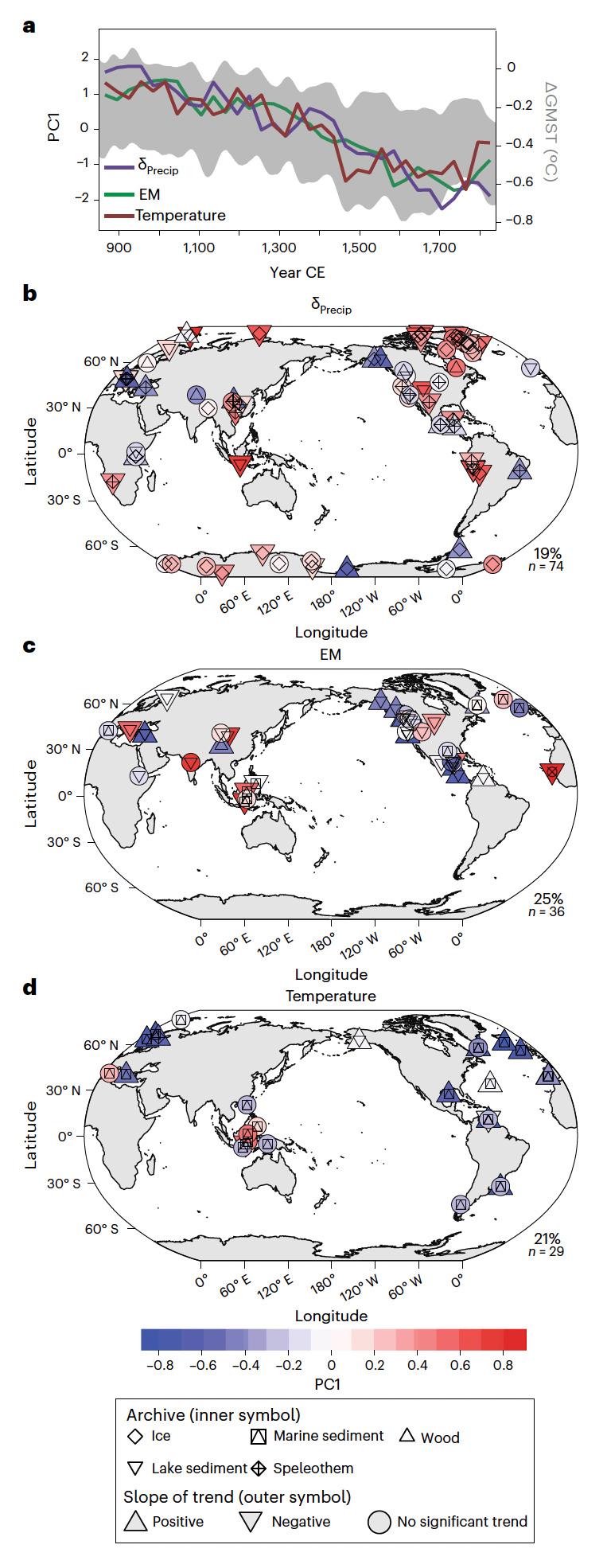Key Points
An international research collaboration has found that he global water cycle and atmospheric circulation patterns can adjust relatively quickly-within a few decades-in response to changes in the Earth's temperature and has done so in the past.
ANSTO contributed to an exhaustive analysis of the stable isotopes of hydrogen (2H) and oxygen (18O) as recorded in data sources covering the last 2000 years.
The study involved collecting and collating 759 globally distributed palaeoclimate records and an analysis of hydroclimatic variables.
With the UN Climate Change Conference COP28 currently being held in Saudi Arabia, ANSTO is sharing a research highlight that captures our capabilities and expertise in analysing complex environmental processes. This work is part of environmental research that encompasses water resources, the impact of contaminants and responses to climate change.
Environmental research recently published in Nature Geoscience reveals that the global water cycle and atmospheric circulation patterns can adjust relatively quickly-within a few decades-in response to changes in the Earth's temperature and has done so in the past.
This research presented preliminary proof of a close relationship between temperature and the isotopic profile of environmental waters during intermediate time scales-spanning from decades to centuries.

In this study, environmental scientists working in the Past Global Changes (PAGES) Iso2k project, including Dr Matthew Fischer at ANSTO, undertook an exhaustive analysis of the stable isotopes of hydrogen (2H) and oxygen (18O) as recorded in data sources covering the last 2000 years.
The large international team was able to determine the leading principal components and identify trends in Iso2k records.
The stable isotopes of 2H and 18O in precipitation, meteoric water (derived from precipitation, such as lakes, rivers and ice melts), and seawater can give insights into water-related processes on small and large scales. These isotopes become incorporated in natural archives like speleothems, tree rings, corals, and ice cores, which form the Iso2k database.
Standardisation of data was an essential step, and the team expanded previous work.
First author Assistant Professor Bronwen Konecky at Washington University in St. Louis explained in an article on the university website that "Every archive is different."
"To make matters more complicated, datasets from different archives are generated by different scientific communities with their own terminology, norms and reference materials.
"We came up with data description fields (metadata) for the database that translates each record's particularities into a common tongue that makes it possible to compare variations in one archive to variations in another."






